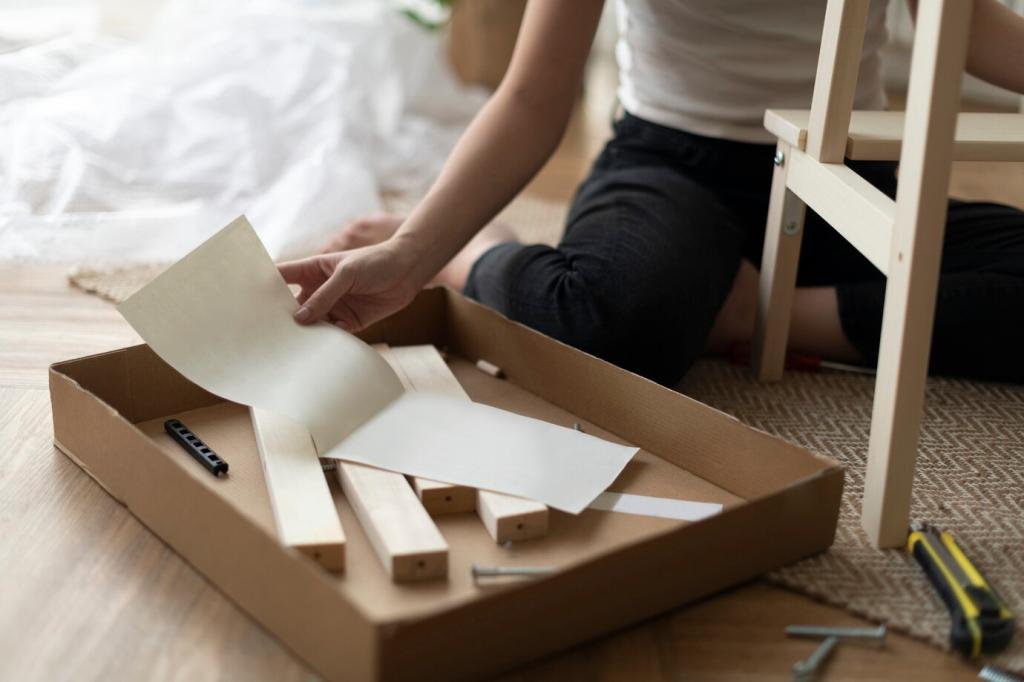
Care Today, Waste Less Tomorrow
Chosen theme: The Role of Furniture Maintenance in Reducing Environmental Footprint. By treating our furniture as long-term companions rather than disposable objects, we cut emissions, save resources, and pass down stories, not waste. Join our community to learn practical, planet-friendly care that keeps beloved pieces beautiful and out of landfills.
Why Maintenance Shrinks Your Environmental Footprint
Extending Lifespan Reduces Embodied Carbon
Every table or chair carries hidden emissions from harvesting, processing, manufacturing, and shipping. When you keep a piece in service for extra years, you amortize that embodied carbon across more use, lowering your footprint meaningfully.
Preventing Replacement Avoids Waste Streams
A repaired leg or refreshed finish often prevents a full replacement purchase. That single choice avoids new packaging, transport fuel, showroom energy, and disposal impacts, while honoring the craftsmanship already invested in your furniture.
A Small Story with Big Ripples
My neighbor kept her oak dresser through decades with seasonal oiling and gentle cleaning. She estimates three avoided replacements—fewer trees felled, fewer deliveries made, and a cherished piece that still anchors family traditions.

Daily Care Habits That Protect Planet and Pieces
Use a soft cloth and mild, pH-balanced cleaner to remove grit that scratches surfaces. Regular, gentle care prevents deep damage, reducing future refinishing needs, chemical use, and the temptation to discard worn pieces.



Eco-Smart Cleaners and Finishes
Look for certifications and transparent ingredient lists. Low-VOC varnishes, plant oils, and waxes minimize harmful emissions, helping your furniture stay resilient while maintaining healthier air for families, pets, and curious, crawling toddlers.


Eco-Smart Cleaners and Finishes
For many surfaces, mild soap, distilled water, and a little vinegar—used appropriately—are effective. Start with a small test patch, use soft cloths, and clean less aggressively to preserve finishes and reduce chemical dependency.
Quantifying the Impact at Home
Estimate the emissions of a new item, then divide by the extra years gained from maintenance. That ratio clarifies how each month of extended use meaningfully reduces your personal environmental footprint without lifestyle sacrifice.
Quantifying the Impact at Home
Schedule quarterly checks for joints, finishes, and fabrics. A modest calendar prevents small issues from becoming replacements, saving carbon, money, and sentimental value. Share your routine and inspire others to join the movement.


Community Power: Share, Learn, Repair
Local volunteers and artisans can diagnose wobbles, rips, and finish wear. You gain skills, save a piece from the curb, and help build a culture that prizes maintenance over mindless replacement and wasteful consumption.

